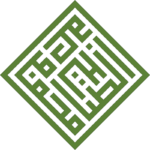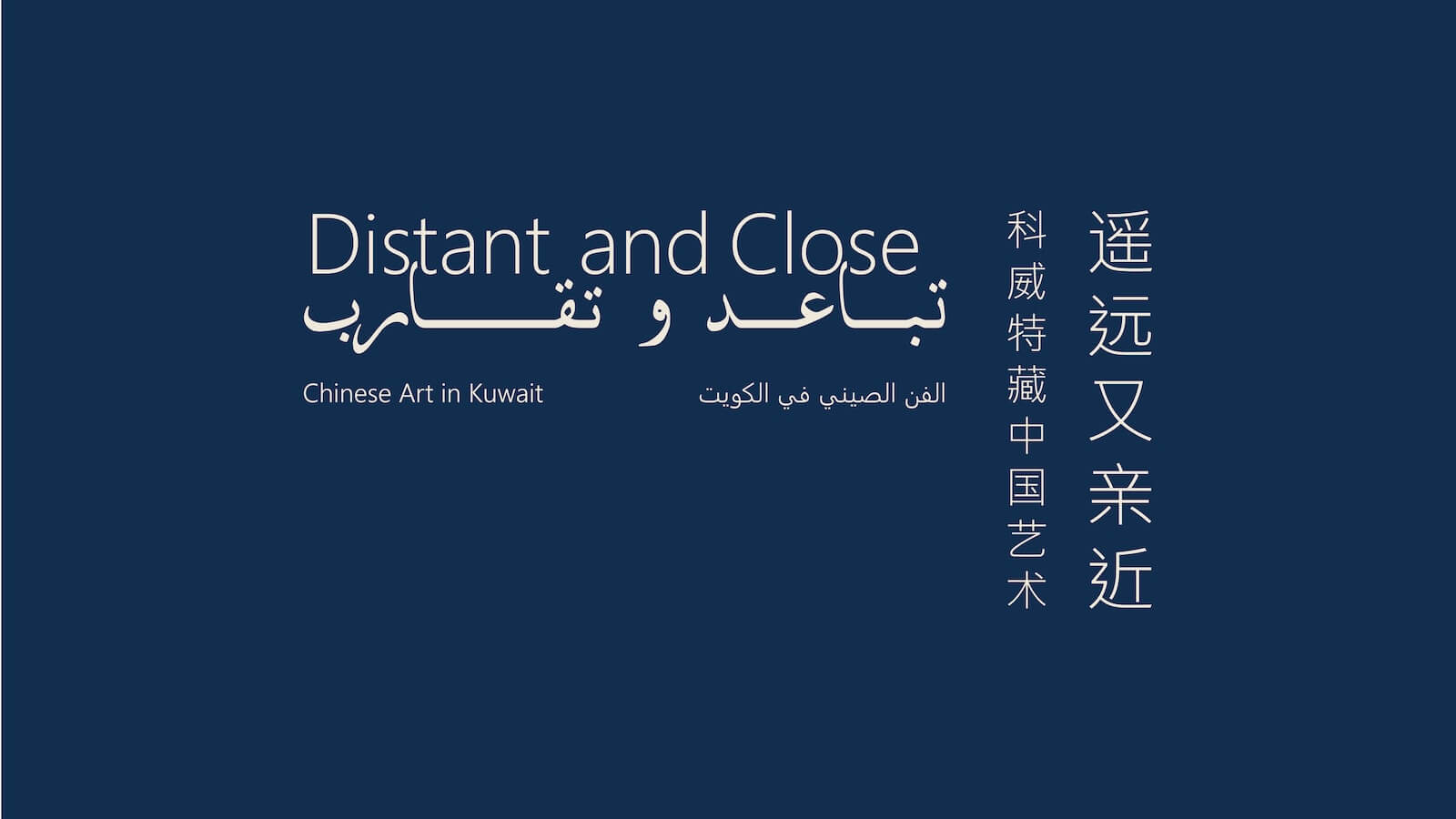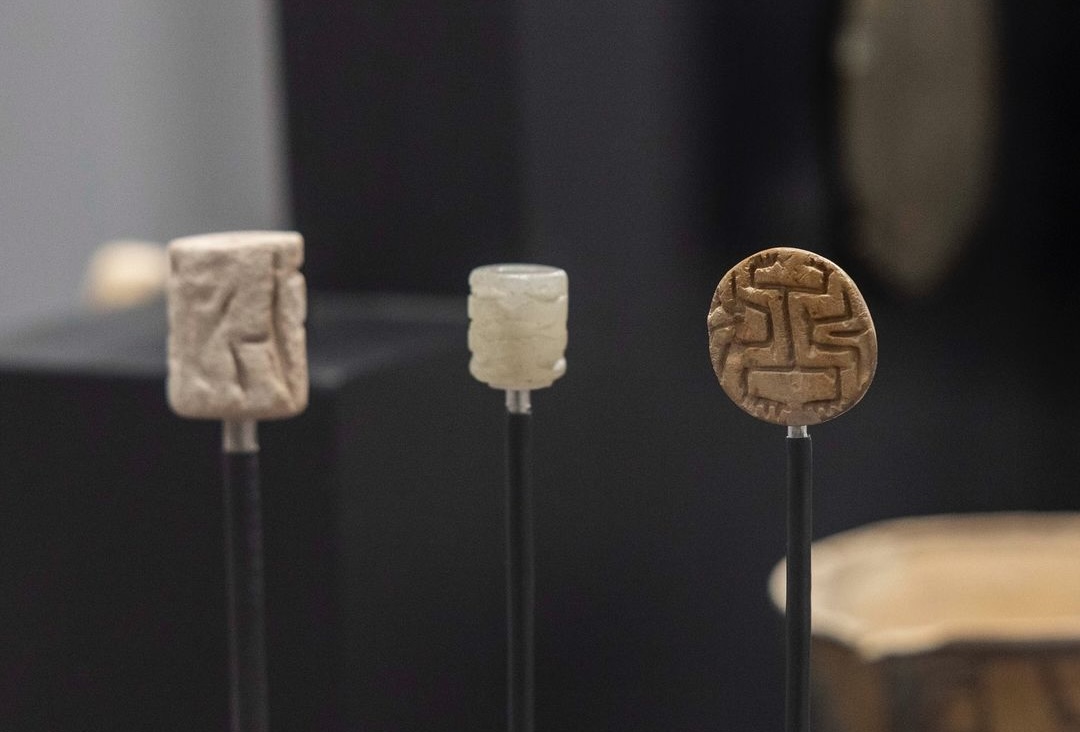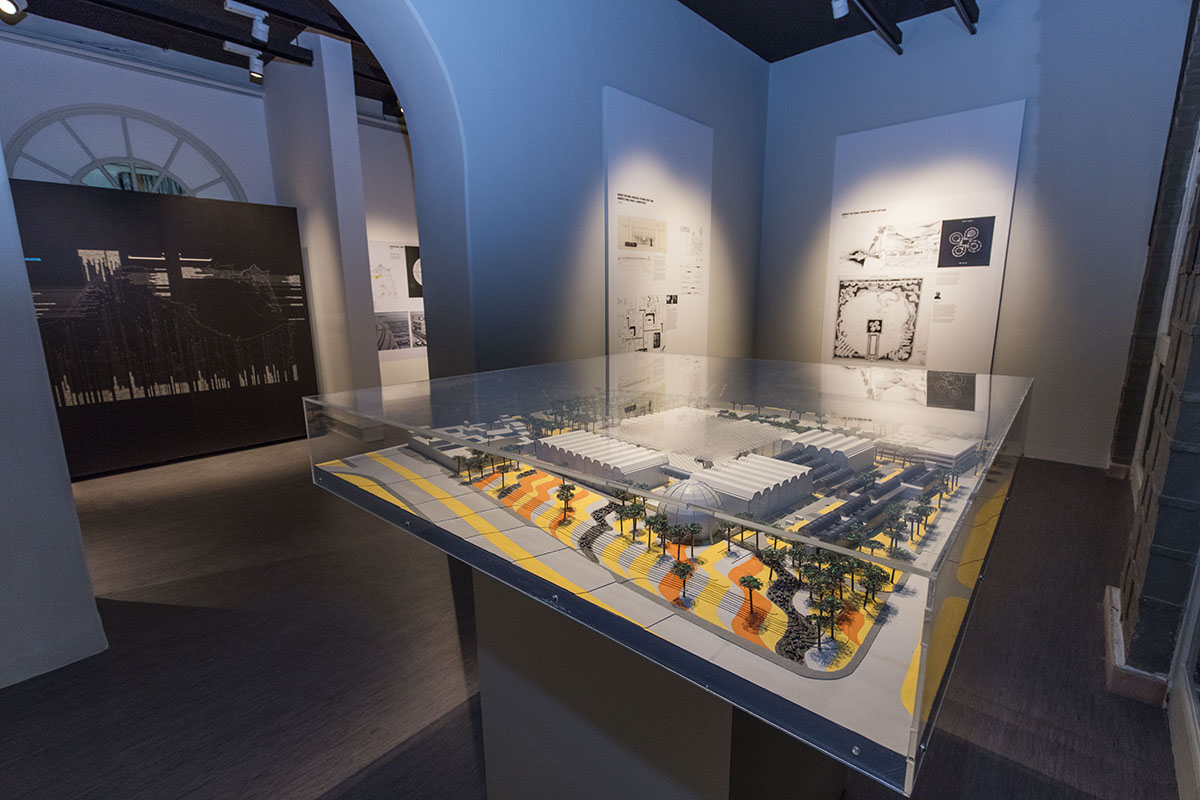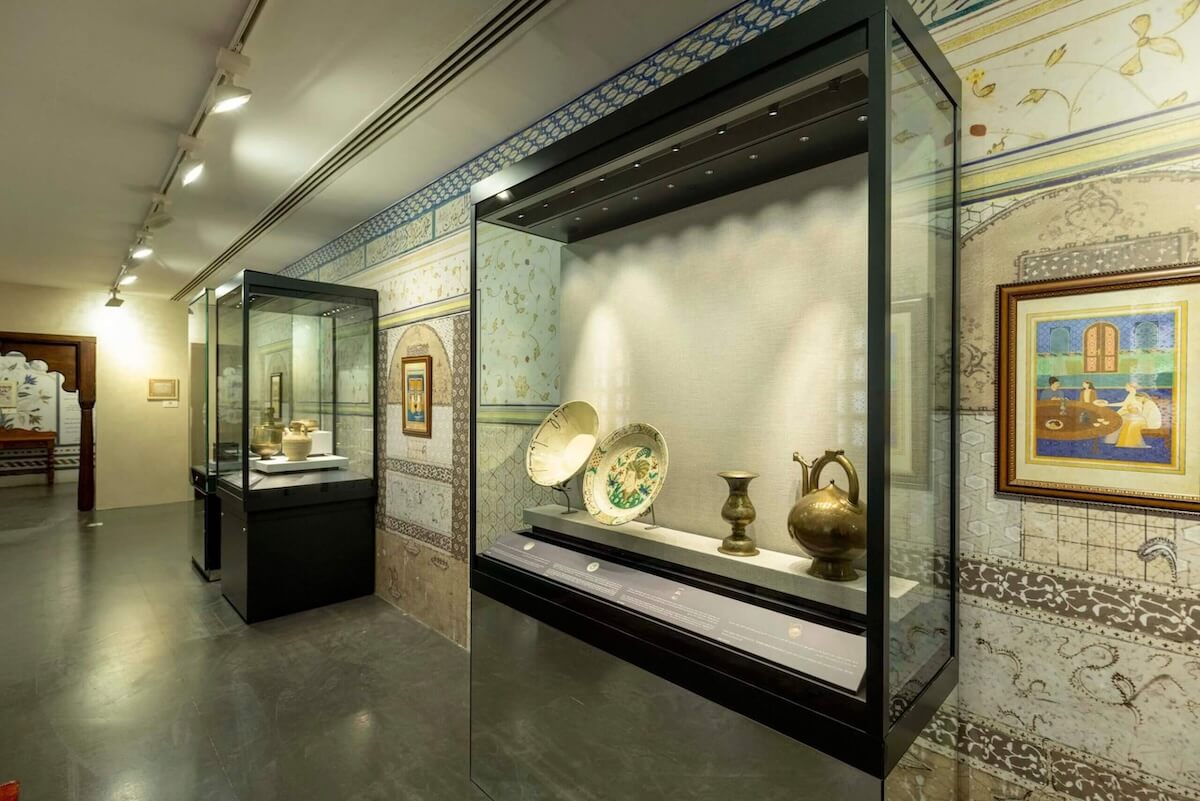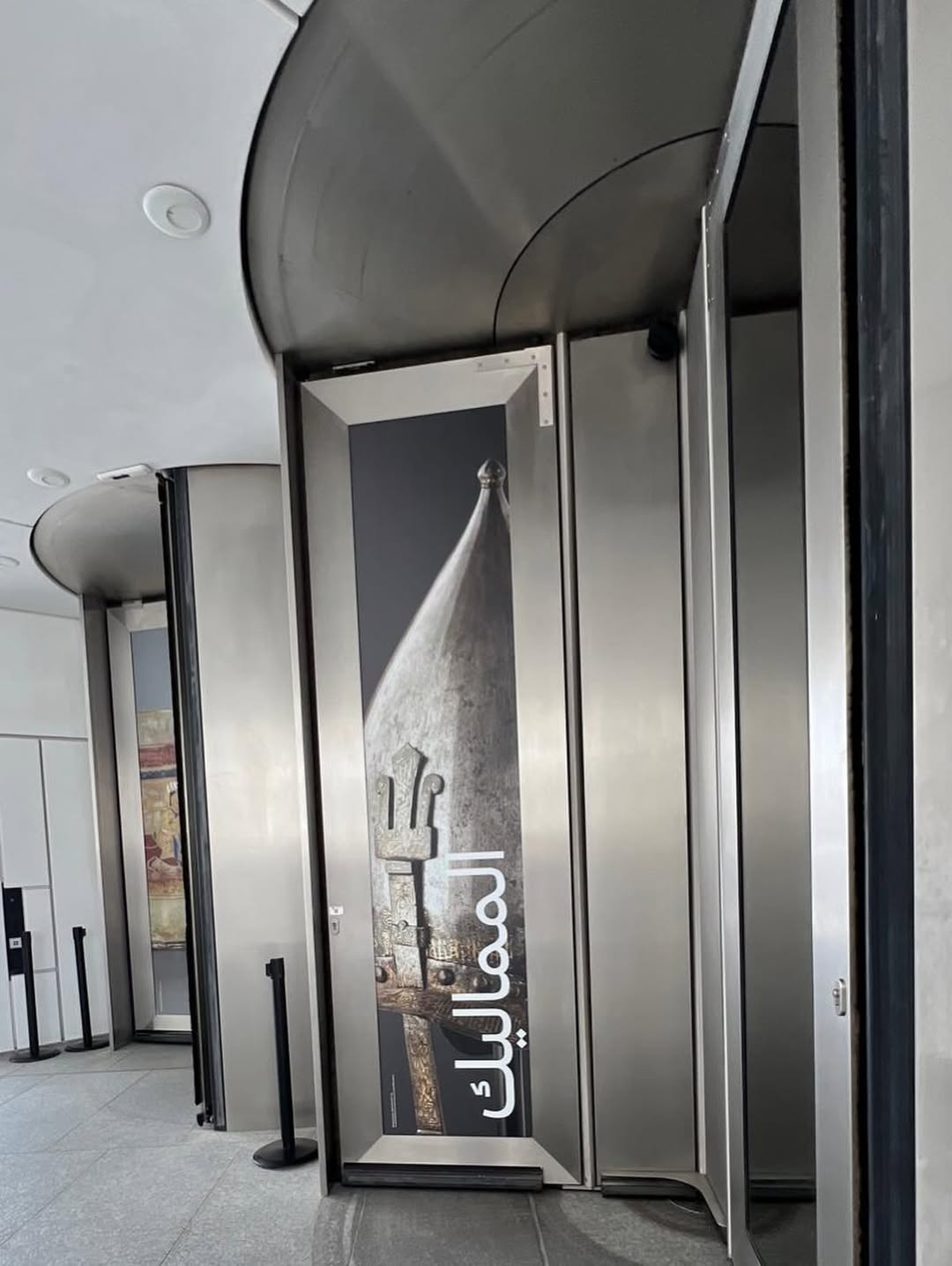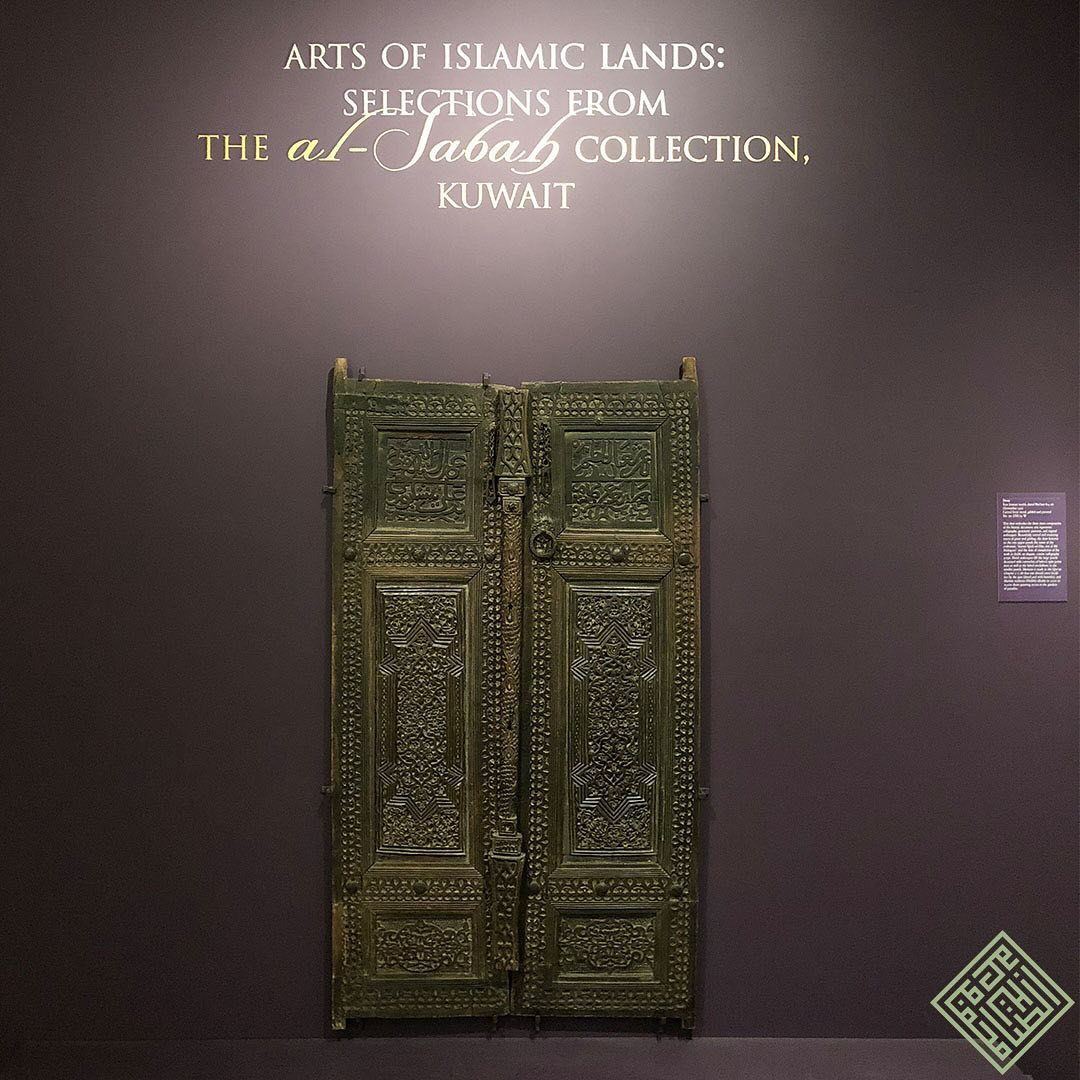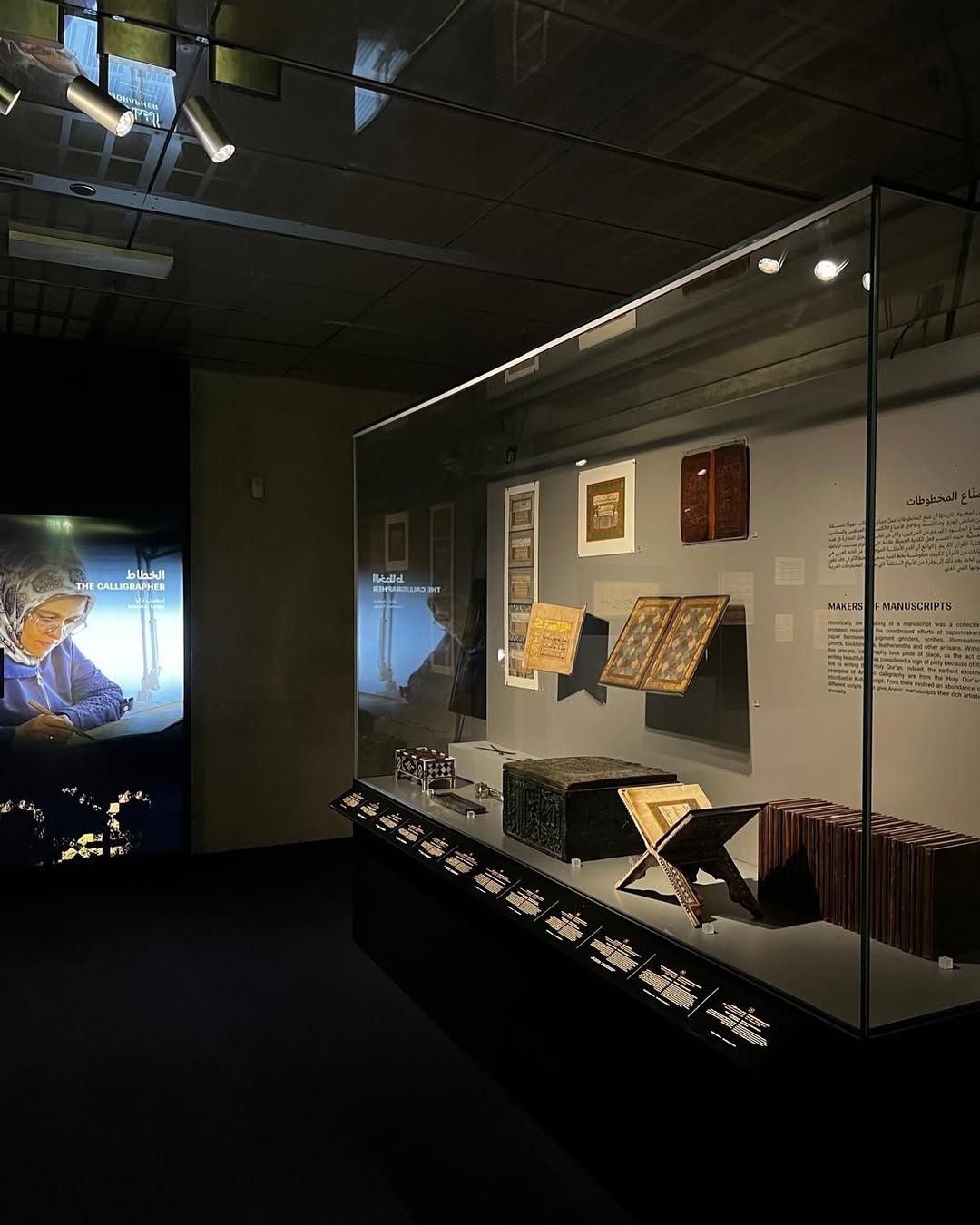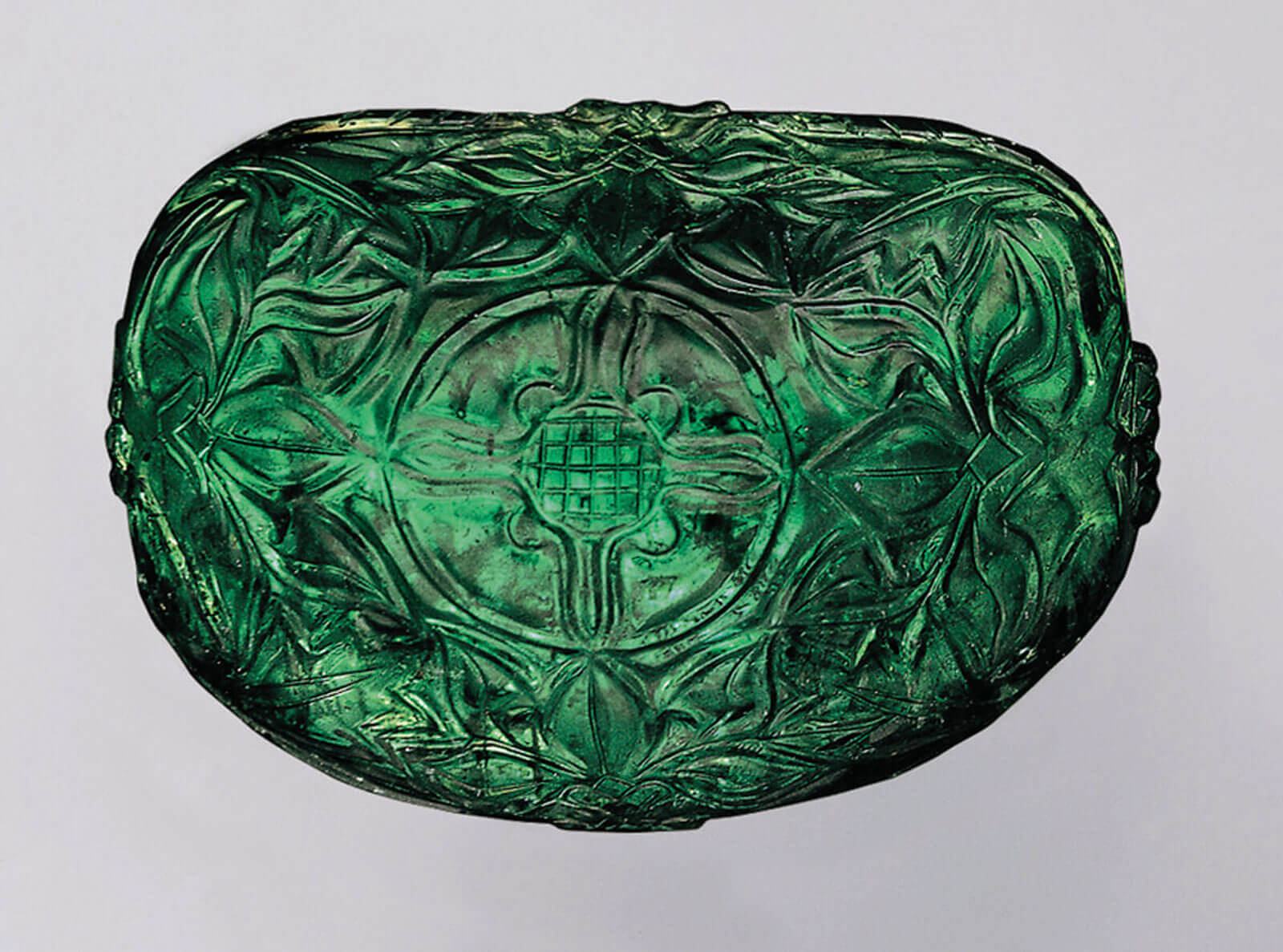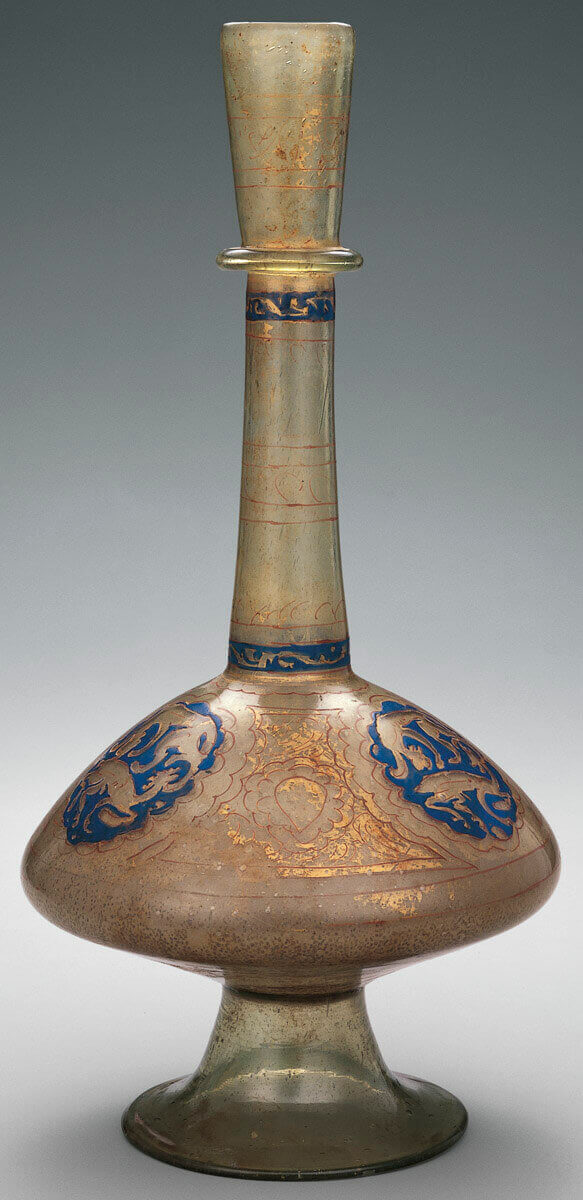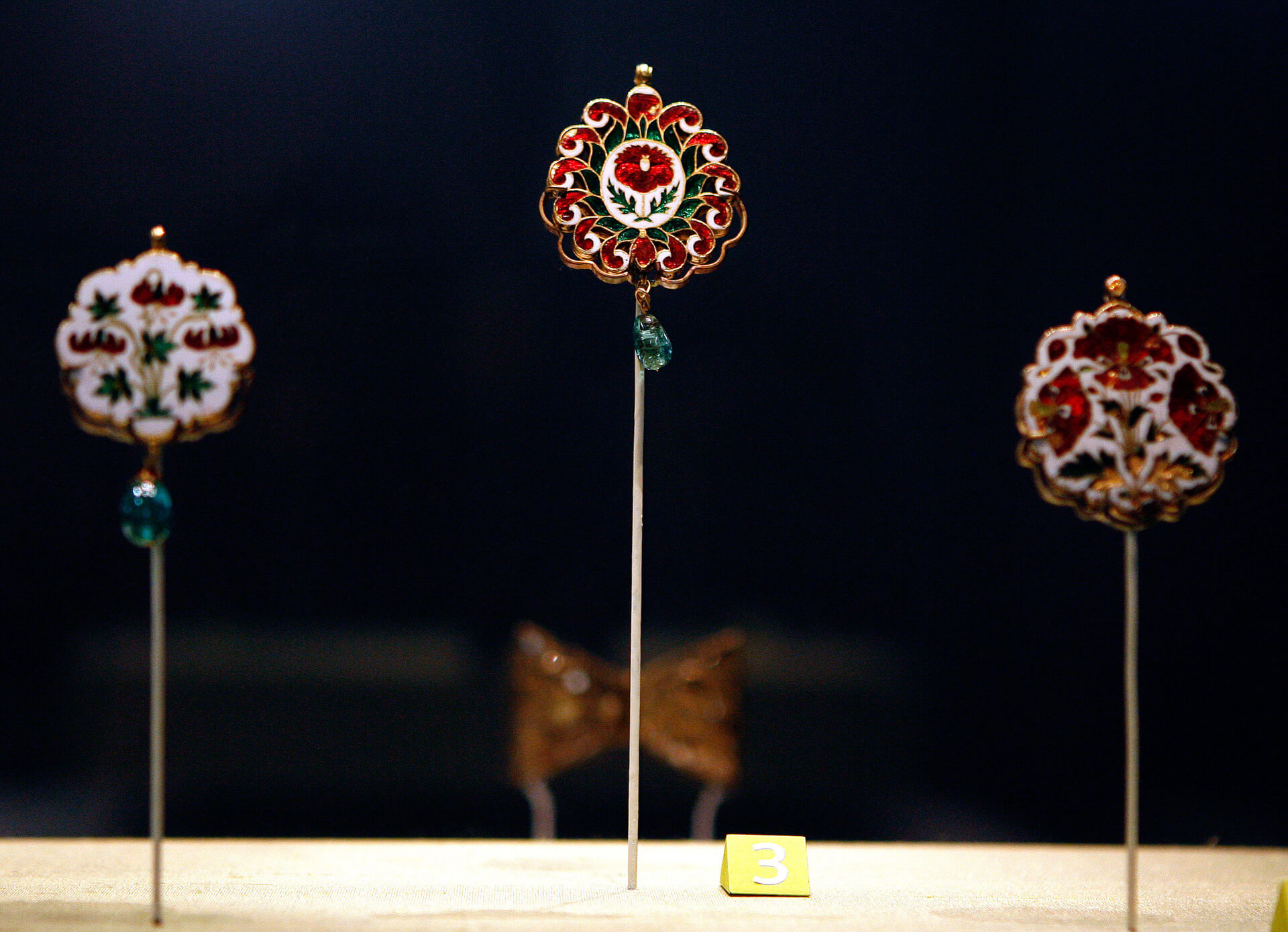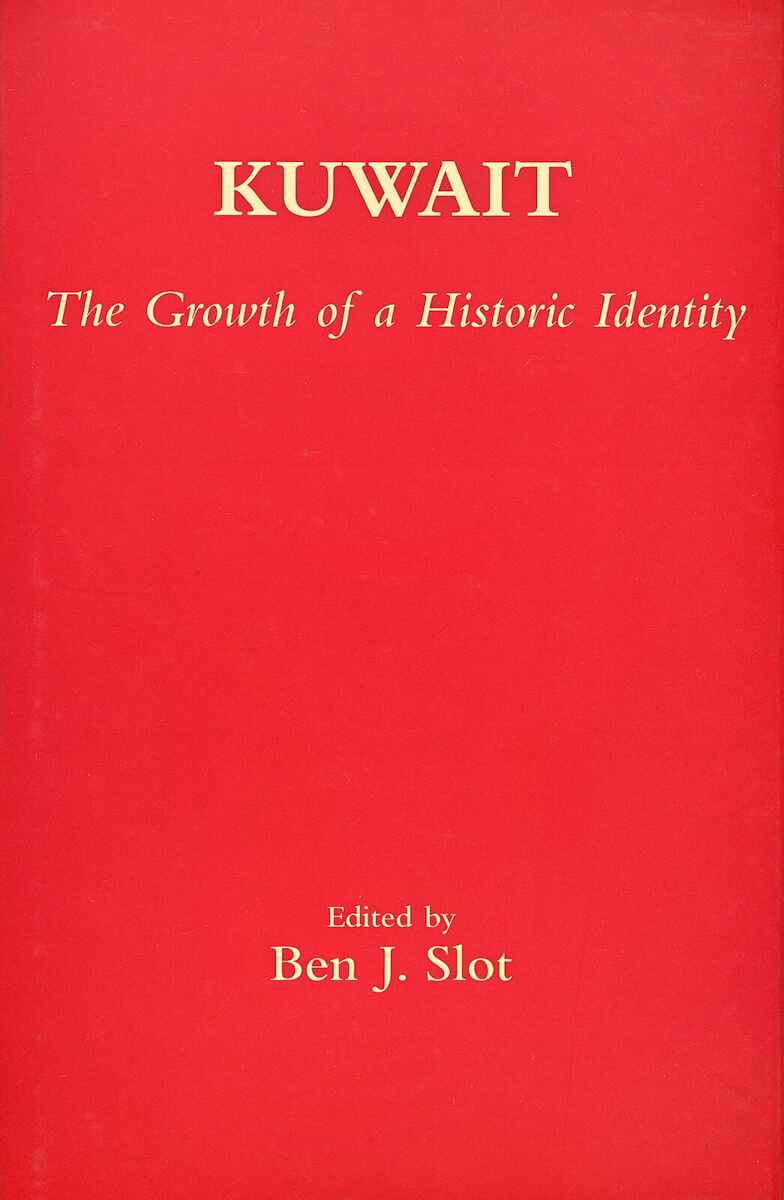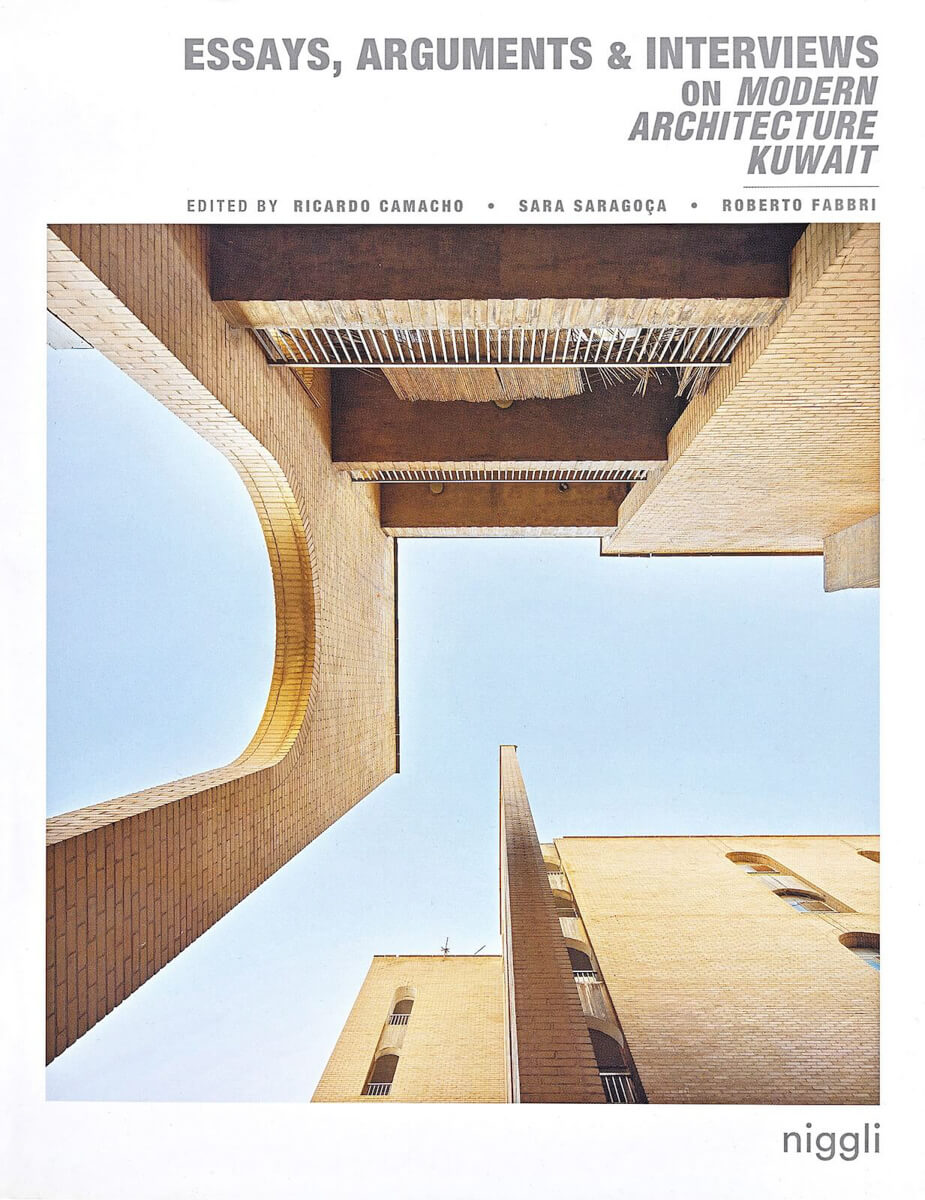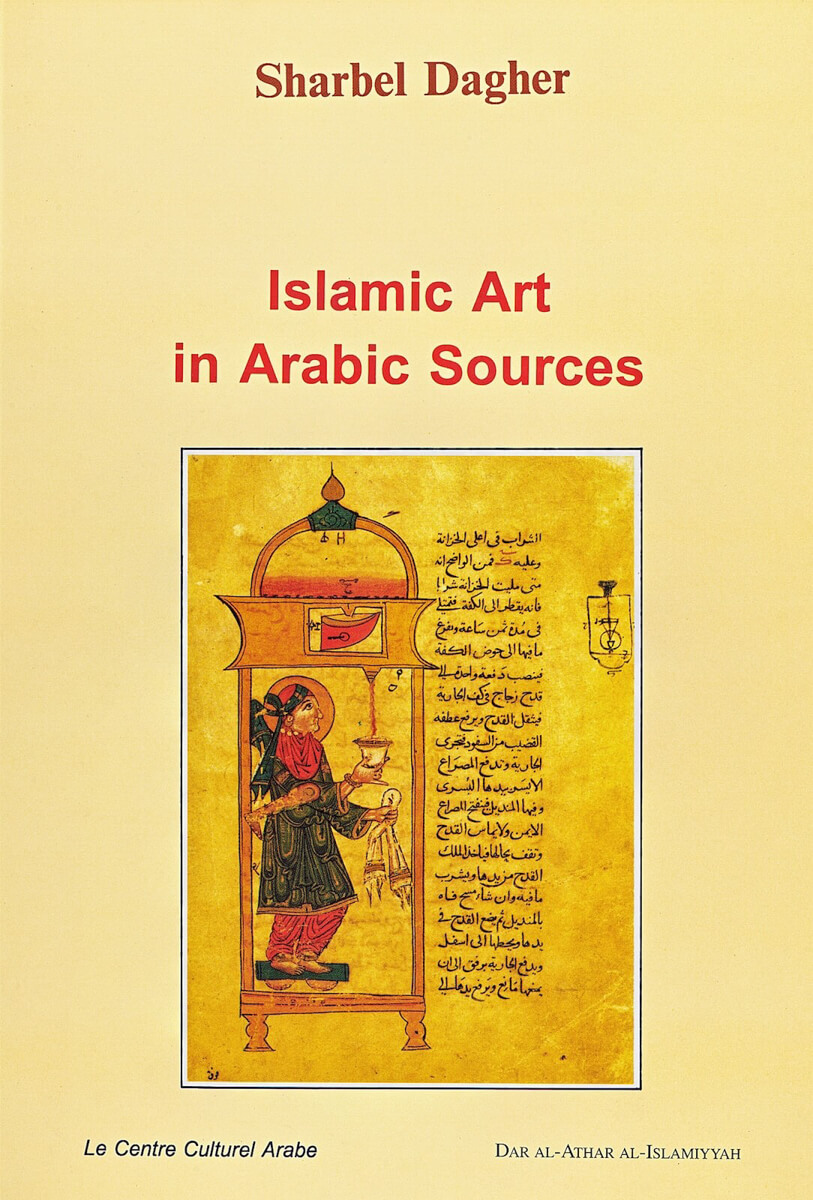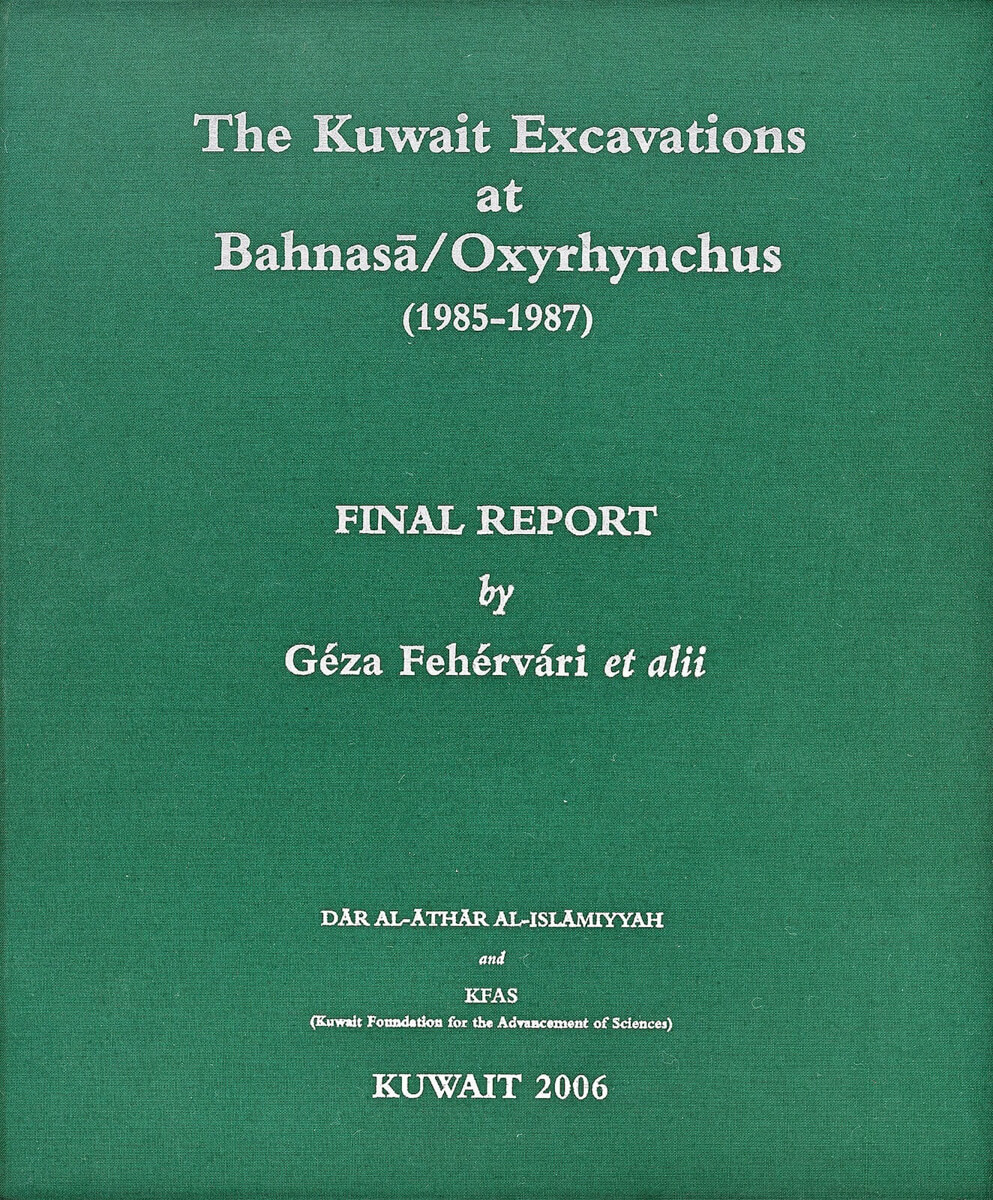China and the Islamic lands were not just bound by trade; their relationship unfolded through a dynamic web of ritual, technology, artistry, and imagination.
-
-
Mamluks: Art and Legacy
-
Missing Objects
Missing Objects In the course of the 1990 invasion of Kuwait, some 60 objects went missing from the collection. These objects are registered withthe Interpol, and any information of the possibility of retrieving them would be highly appreciated. LNS 9 G Transparent glass huqqa base, 18th century, India LNS 12 G Transparent glass huqqa base, 18th century, India LNS 36 HS Inscribed gemstone, mid 17th century, India LNS 9 HS Lidded bowl with saucer; rock crystal inlaid with gold and set with rubies, sapphires and emeralds, 18th century, India LNS 28 HS Carved gemstone, circa 16th century, India LNS 29 HS Carved gemstone, 17th century, India LNS 14 I Set…
-
From Private to Public
From Private to Public A talk given by Hussa Sabah al-Salem al-Sabah Co-owner, The al-Sabah Collection Director General, Dar al-Athar al-Islamiyyah 17 October 2008, Historians of Islamic Art Association Annual Conference When I was invited to address this distinguished gathering of historians, scholars and archaeologists, I interpreted the invitation to mean its organizers must have wished to relieve the atmosphere of sobriety and give erudition a chance to recede to back stage. With no pretence to any academic qualification in Islamic Art, this convenient interpretation of my role suits me to a tee. I propose, therefore, to give an outline of a personal journey of a Kuwaiti couple in the…
-
The al-Sabah Collection Overview
The al-Sabah Collection Overview The al-Sabah Collection Overview The story of The al-Sabah Collection starts in the 1960’s, when Nasser Sabah al-Ahmed al-Sabah was a student in Jerusalem. While in that ever-lasting city, he developed an appreciation for the superb works of craftsmen and artisans of early Islamic societies. However, not until 1975, was Nasser able to acquire an art object originating in his culture. it happened to be a mid-14th century enamelled glass vase displayed on a shelf in Ahuan Gallery, a London art gallery owned by Oliver Hoare and David Sulzberger. It was the first item to catch his eye and fire his imagination. From this one single…
-
Books Celebrating Art and Culture
Books Celebrating Art and Culture
-
Scholarly Books
Scholarly Books
-
Exhibition Catalogues
Exhibition Catalogues
-
Others
Others
-
Kuwait: the Growth of a Historic Identity
During the 1990s a great deal of scholarly effort has been focused on the particular circumstances of Kuwait’s emergence as a state, and as a result much new material has been brought to light. This series of papers given at Peterhouse College, Cambridge on 19 May 1995 by five leading scholars (Ben J. Slot, Ulrich W. Harmann, Grigori Bondarevsky, Richard Schofield & Suhail Shuhaiber), explores the historical, political and social processes which governed the birth, survival,prosperity and ultimatesovereignty of this unique Arab maritime policy.
